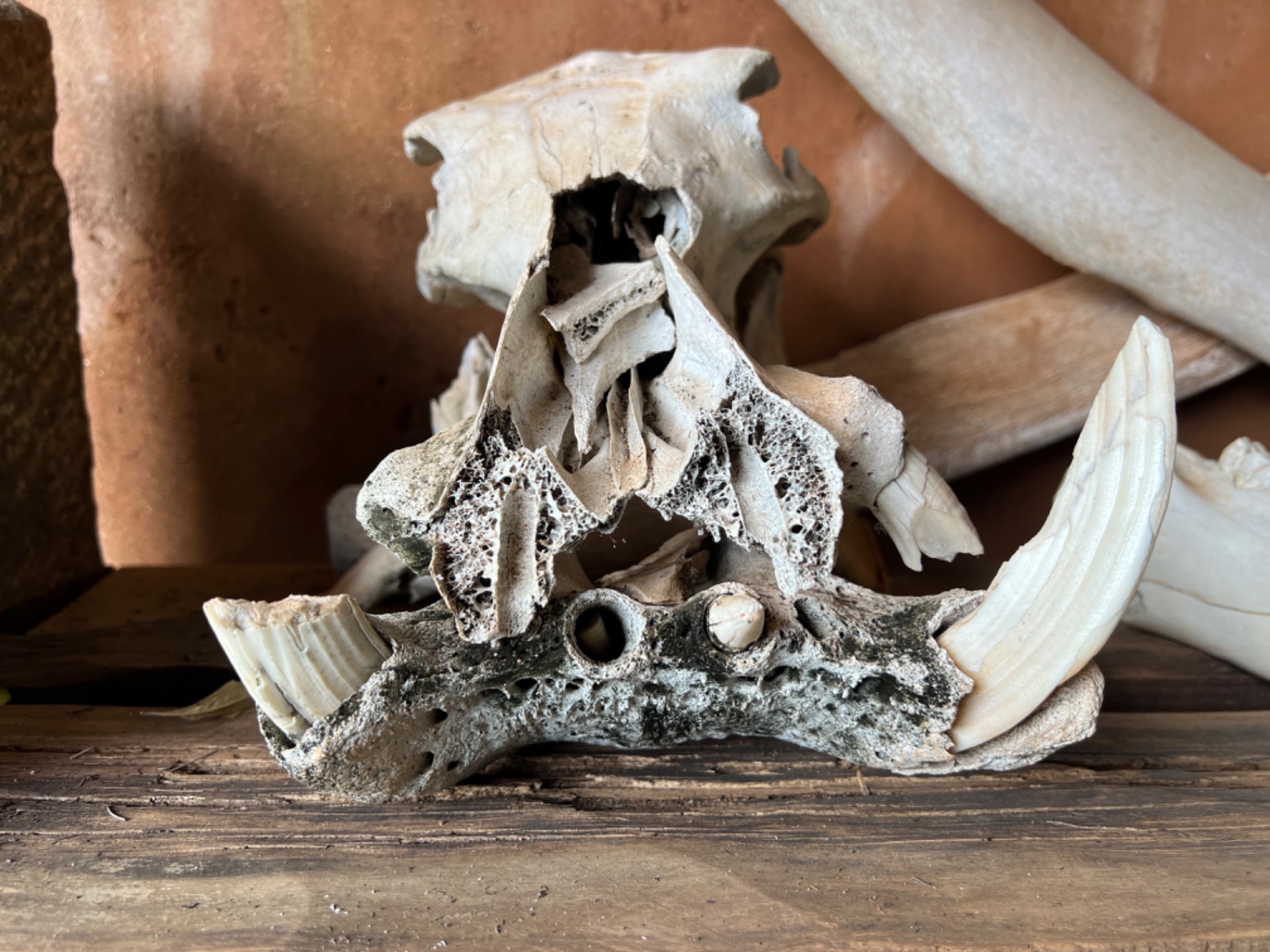Hippopotamus madagascariensis

The Madagascar hippopotamus, known as Hippopotamus madagascariensis, represents an extinct species that once inhabited the island of Madagascar. These unique animals were considerably smaller than their mainland relatives, standing about 4 feet tall at the shoulder. They played a critical role in their ecosystem, primarily inhabiting riverine environments where they fed on grasses and aquatic plants.Fossil evidence suggests that the Madagascar hippopotamus existed alongside other megafauna until approximately 1,000 years ago, when they succumbed to habitat loss and hunting pressure from human settlers. They have been found in various regions across Madagascar, notably in marshes and freshwater lakes.Interestingly, related species, such as the common hippopotamus, can live well into their late 40s or early 50s in the wild, with some individuals reported to reach ages up to 79 years in captivity. The extinction of the Madagascar hippopotamus underscores the vulnerability of island ecosystems and the impact of human activity on biodiversity. Their legacy serves as a reminder of the importance of conservation efforts to protect existing species and their habitats.